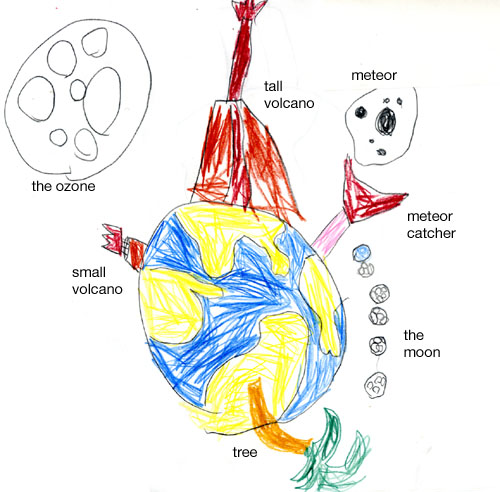A little early this year, the elder Free-Ride offspring wrote these “sci-kus” for science class. They’re like haikus, except with a few more syllables per line (7-9-7* rather than 5-7-5), because the names of geological periods require more syllables.
* * * * *
Cambrian oceans were full
Of sponges, trilobites, and snails
Invertebrate paradise
Ordovician fishes
Were the first, and coexisted with
Crinoids and cephalopods
Silurian plants survive
On land, and in the seas, fish with jaws
Have made themselves known to us
Devonian forests
Made up of ferns and conifers
Situated on land
Tree ferns, amphibians,
And insects in Carboniferous
Became the coal of today
At the end of Permian
Mass extinction of the sea’s creatures
Farewell, sweet amphibians
_______
*Two of these are actually 7-8-7. I’m guessing poetic license (or perhaps poetic learner’s permit).
Wouldn’t it be cool if they had the equivalent of driver’s ed for poetry? What would they show instead of Red Asphalt to scare the kids off reckless poetry?










